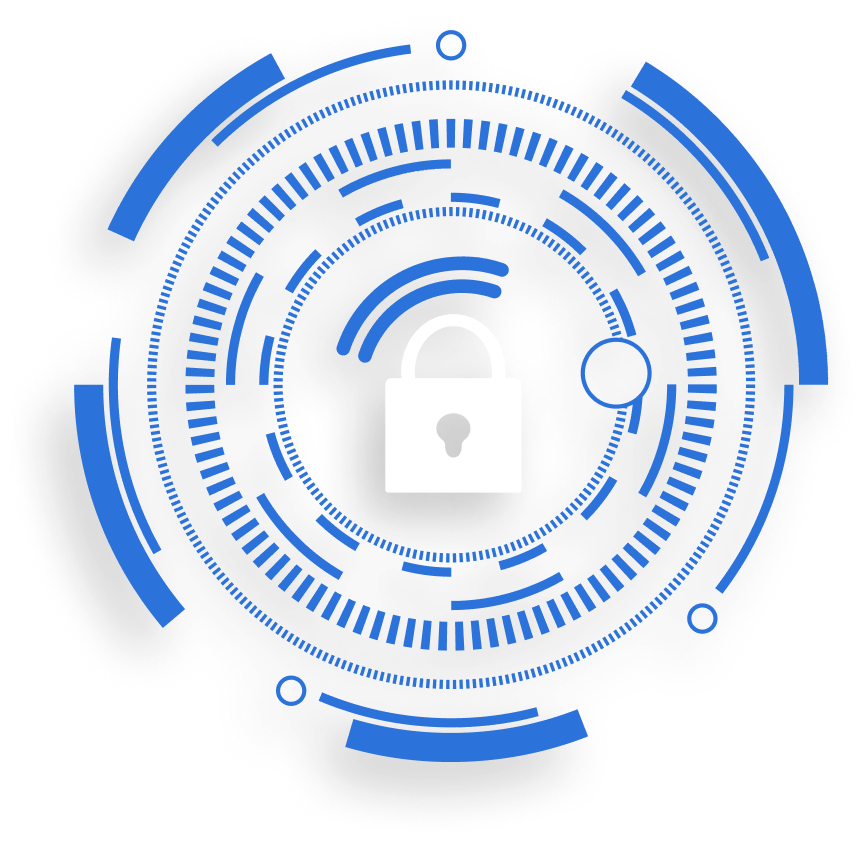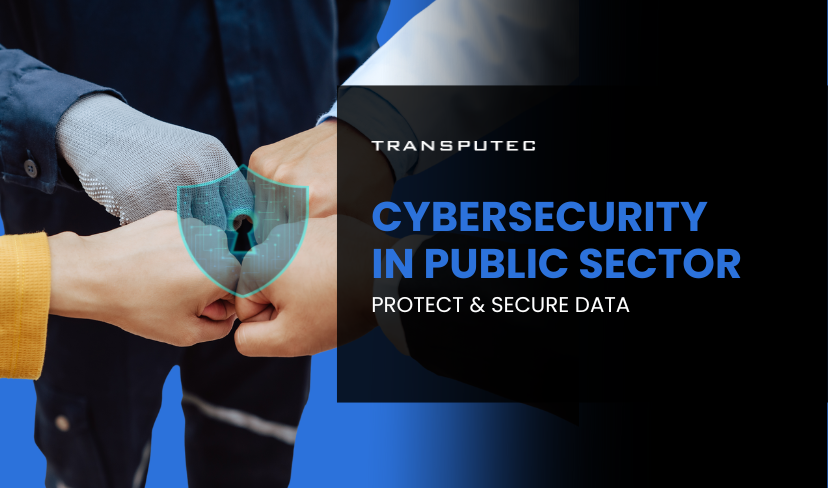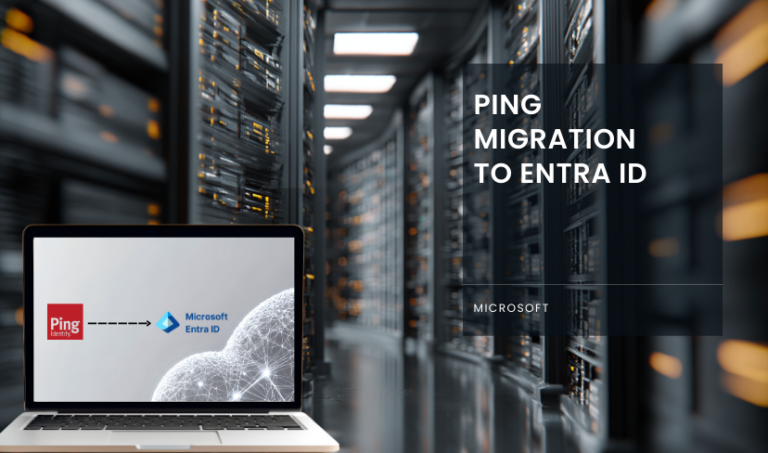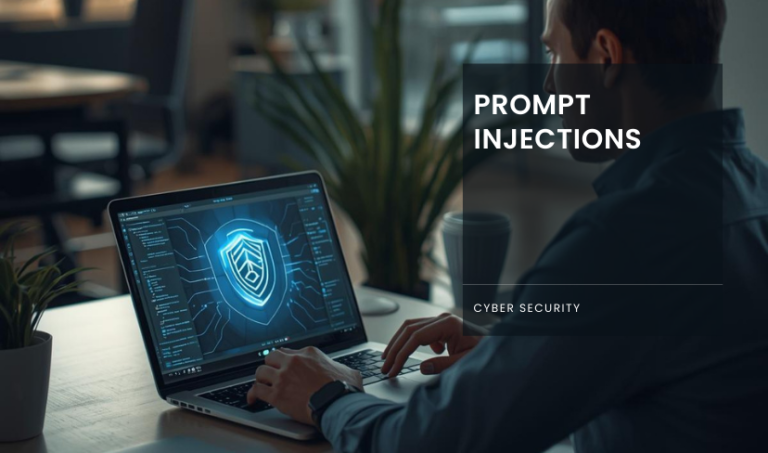Written by KRITIKA SINHA | MARKETING
In an increasingly digital world, cybersecurity in the public sector has become a paramount concern. Government agencies and public institutions handle vast amounts of sensitive data, from citizens’ personal information to national security intelligence. This makes them prime targets for cybercriminals and state-sponsored hackers.
Let’s delve into why cybersecurity in the public sector is more crucial than ever and how organisations like Transputec are at the forefront of protecting our digital infrastructure.
The Future of Cybersecurity in Public Sector
As we look ahead, several trends are shaping the future of cybersecurity in the public sector:
- Zero Trust Architecture: Moving away from traditional perimeter-based security to a model where trust is never assumed and always verified.
- AI and Machine Learning: Leveraging advanced technologies for more effective threat detection and response.
- Cloud Security: As more public sector organisations move to the cloud, ensuring the security of cloud-based services becomes paramount.
- IoT Security: With the increasing adoption of IoT devices in smart city initiatives, securing these devices becomes a critical concern.
Why Cybersecurity in Public Sector is Crucial
The public sector, including government agencies, healthcare, defense, and education systems, holds massive amounts of sensitive information. Personal data, national intelligence, and critical infrastructure systems are increasingly becoming targets for cyberattacks. According to a 2022 report by IBM, public sector organisations experienced a 14% increase in cyberattacks compared to the previous year, with an average cost per breach reaching $2.07 million.
These figures demonstrate the magnitude of the problem. When a public sector system is breached, the ripple effect extends far beyond just data loss. It can cause disruption to essential public services, compromise citizen privacy, and lead to long-term reputational damage.
Protect your Business 24/7 with Transputec!
Our Managed SOC Cost Calculator estimates potential expenses for security tools and other costs based on your requirements.
Current Cybersecurity Threats in the Public Sector
1. Ransomware Attacks
Ransomware is one of the most pervasive threats to the public sector. Attackers infiltrate systems, encrypt data, and demand payment in exchange for the decryption key. For instance, in 2020, ransomware attacks cost U.S. local governments nearly $18 billion in downtime, while over 300 public sector organisations fell victim.
2. Phishing
Phishing remains one of the most common attack vectors. Cybercriminals use emails or websites to trick employees into revealing sensitive information. In 2023, 83% of public sector data breaches were attributed to phishing, often exploiting human error.
3. Nation-State Attacks
Governments and public entities often face cyber threats from nation-state actors who aim to steal national intelligence or disrupt critical infrastructure. These threats are complex and sophisticated, requiring equally advanced cybersecurity solutions to mitigate.
Key Challenges in Public Sector Cybersecurity
1. Data Protection
Public sector organisations handle vast amounts of sensitive data. Implementing strong encryption, access controls, and data loss prevention strategies is crucial to safeguard this information from unauthorised access or breaches.
2. Infrastructure Security
Securing both physical and digital infrastructure is vital. This includes protecting networks, servers, and endpoints from potential attacks. Regular vulnerability assessments and penetration testing can help identify and address weaknesses before they can be exploited.
3. Employee Training and Awareness
Human error remains one of the biggest cybersecurity risks. Comprehensive training programs can help public sector employees recognise and respond to potential threats, such as phishing attempts or social engineering attacks.
4. Incident Response and Recovery
Despite best efforts, breaches can still occur. Having a well-defined incident response plan and robust backup and recovery systems in place can minimise damage and ensure continuity of operations in the event of a cyberattack.
Benefits of Transputec's Cybersecurity Services in Protecting the Public Sector
Transputec offers a comprehensive suite of cybersecurity services tailored to the unique needs of the public sector. Here’s how our expertise can benefit your organisation:
1. Customised Security Solutions:
We understand that one size doesn’t fit all when it comes to cybersecurity in the public sector. Our team works closely with your organisation to develop tailored security strategies that address your specific risks and compliance requirements.
2. Advanced Threat Detection:
Leveraging cutting-edge technologies like AI and machine learning, our security operations centre (SOC) provides 24/7 monitoring and real-time threat detection, ensuring rapid response to potential security incidents.
3. Compliance Expertise:
With in-depth knowledge of regulatory frameworks such as GDPR, NIS Directive, and government-specific standards, we help public sector organisations stay compliant while maintaining robust security postures.
4. Cost-Effective Security:
We understand the budget constraints faced by many public sector organisations. Our solutions are designed to maximise security while optimising resource utilisation, providing excellent value for money.
5. Continuous Improvement:
Cybersecurity is an ever-evolving field. Our team of experts stays at the forefront of emerging threats and technologies, continuously updating and improving our security services to keep your organisation protected against the latest risks.
Conclusion
Cybersecurity in the public sector is not just about protecting data; it’s about safeguarding our digital infrastructure, maintaining public trust, and ensuring the continuity of essential services. As cyber threats continue to evolve, partnering with experienced cybersecurity providers like Transputec becomes increasingly crucial.
Don’t wait for a breach to happen. Take proactive steps to secure your organisation today. Contact Transputec to speak with one of our cybersecurity experts and learn how Transputec can help fortify your defences against cyber threats.

Secure Your Business!
Ready to explore how we can enhance your security posture? Contact us today to speak with one of our experts.
FAQs
What are the biggest cybersecurity threats to the public sector?
The most significant threats include ransomware, phishing attacks, and nation-state espionage. Public sector institutions often handle sensitive data, making them high-value targets for cybercriminals and hostile nations.
How can Transputec help with legacy system cybersecurity in the public sector?
Transputec specialises in modernising legacy systems to enhance their security. We assess existing vulnerabilities and implement solutions that improve cybersecurity without disrupting critical services.
Why is 24/7 monitoring essential for public sector cybersecurity?
Public sector organisations are constantly at risk of cyberattacks. 24/7 monitoring ensures that any potential threats are identified and mitigated in real-time, minimising damage and preventing service disruptions.
How does Transputec ensure compliance with public sector cybersecurity regulations?
Transputec offers tailored solutions that help public sector organisations meet all regulatory requirements, such as GDPR, while ensuring that their data is protected and systems are secure.
How can cybersecurity awareness training benefit public sector employees?
Cybersecurity training helps employees recognise phishing, social engineering, and other cyber threats. It empowers them to take proactive steps to protect sensitive data and systems, reducing the overall risk of human error.




